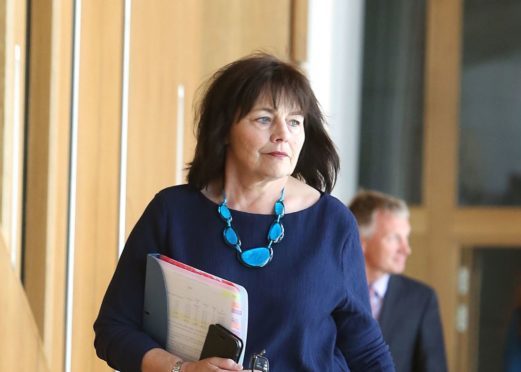The head of a Scottish Government task force has acknowledged doctors’ fears that the new GP contract is damaging to rural areas, the health secretary has said.
Health Secretary Jeane Freeman said Sir Lewis Ritchie, chair of the government’s working group, would work with rural GPs to work through their concerns.
Last month Dr David Hogg, the Arran-based vice chairman of the Rural GP Association of Scotland (RGPAS), resigned from the working group claiming it was not doing enough for country doctors.
Caithness, Sutherland and Ross MSP Gail Ross asked how the government’s Remote and Rural General Practice Working Group would repair its relationship with the RGPAS.
Ms Freeman said: “Sir Lewis has acknowledged the concerns raised by RGPAS members and has agreed to hold further discussions in due course towards their continuing involvement in implementing the contract in our remote and rural communities.”
Dr Hogg quit after a survey of RGPAS members which found that 100% of respondents believed the contract had failed to improve rural healthcare.
The RGPAS, which represents almost 100 GPs, including many in the Highlands and islands, said 90% of surgeries in rural areas would have their allocated funding reduced as a result and claimed it would inevitably lead to the “extinction” of practices.
Ms Ross said there was a perception that the working group was not making enough progress. Ms Freeman said those criticisms would be taken “very seriously”.
Her discussions with Sir Lewis had included looking at what could be done so that the working group could become more proactive.
